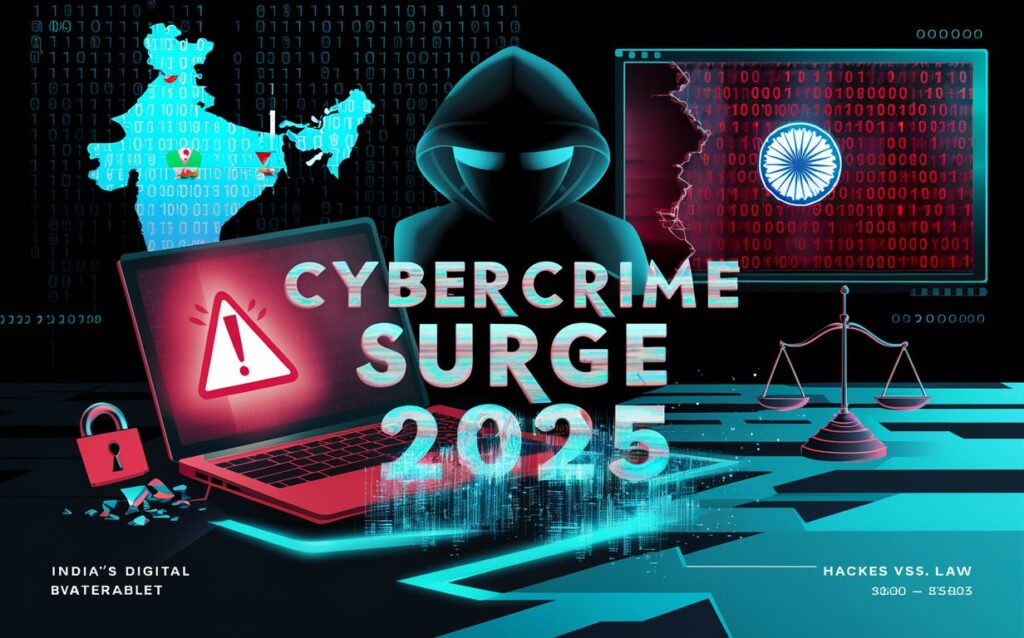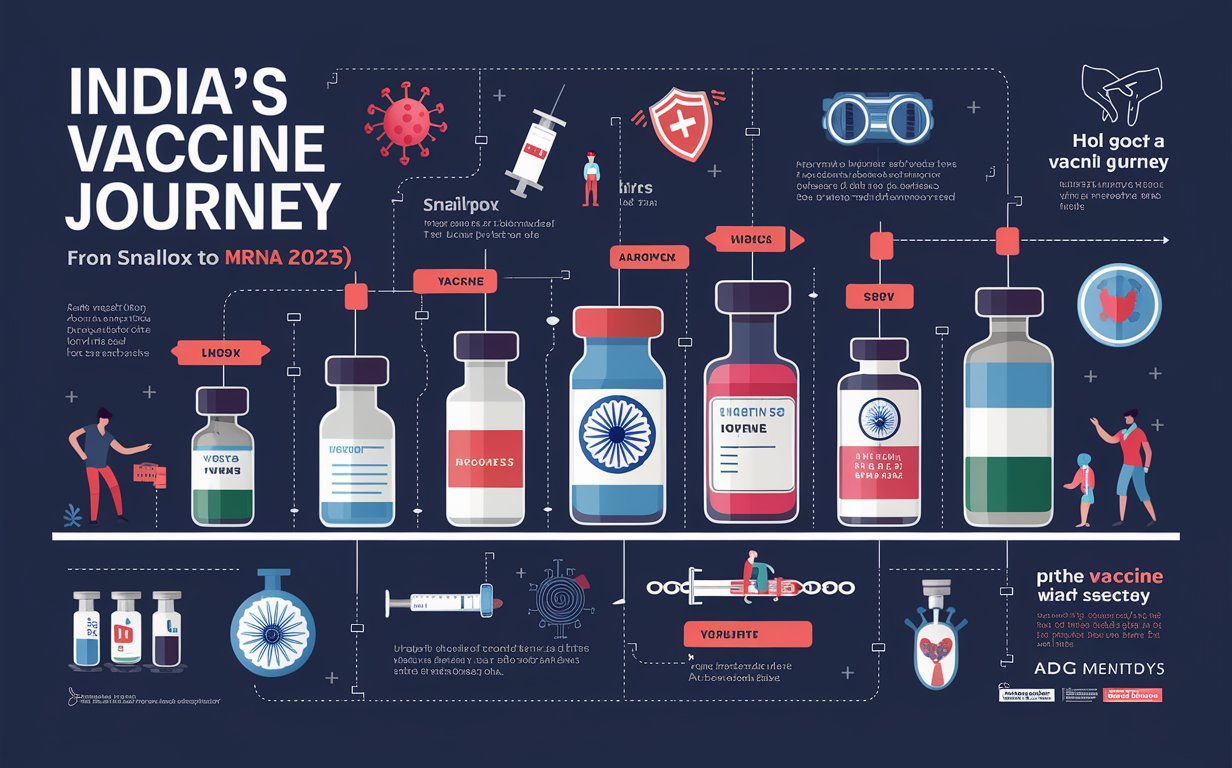⚖️ Cybercrime Surge in India 2025: Inside the Nation’s Digital Battlefield
India is facing a massive cybercrime surge in 2025, as digital transformation accelerates across sectors. With over 1.2 billion internet users, the country has become a prime target for hackers, scammers, and rogue nation-states. From phishing attacks and ransomware to financial fraud and AI-powered scams, India’s cyberspace is under siege.

🧠 What’s Fueling Cybercrime in 2025?
India’s rapidly digitized economy — powered by UPI, Aadhaar-linked services, and online banking — has created countless opportunities for cybercriminals.
Key factors behind the rise in cyberattacks include:
- Increased smartphone penetration in rural areas
- Lack of digital literacy among users
- Unsecured public Wi-Fi networks
- Weak password habits
- Outdated or pirated software usage
The National Crime Records Bureau (NCRB) reported a 47% jump in cybercrime complaints compared to 2024.
💳 Financial Fraud at All-Time High
In 2025, UPI fraud tops the cybercrime charts. Criminals clone payment apps, send fake QR codes, and use social engineering to trick users into transferring money.
Fake loan app scams have also exploded, trapping users with high-interest traps and stealing contacts, photos, and personal data. Victims are often blackmailed into repaying loans they never took.
📧 AI-Driven Phishing and Deepfake Attacks
Gone are the days of broken-English scam emails. Hackers now use AI-generated emails and deepfake videos to impersonate CEOs, government officials, or family members.
Popular scams include:
- Fake RBI messages about bank account freezes
- Deepfake video calls asking for urgent money
- Job offer scams with fake interview calls
- WhatsApp OTP scams using cloned numbers
Even educated professionals are falling victim to these hyper-realistic traps.
🛡️ Government Response and New Cybersecurity Laws
In 2025, the Indian government enacted the Digital Safety and Cybercrime Prevention Bill, which:
- Mandates two-factor authentication for all major platforms
- Penalizes social media companies for failing to remove scam content
- Sets up fast-track cybercrime courts across all states
- Funds cybersecurity research at IITs and NITs
The Indian Cyber Crime Coordination Centre (I4C) now runs a 24/7 national helpline and portal (cybercrime.gov.in) for reporting online fraud.
🔒 How Citizens Can Stay Safe Online
- Avoid clicking unknown links or downloading unverified apps
- Use strong, unique passwords and update them regularly
- Enable 2FA (two-factor authentication) on every account
- Use VPNs when accessing sensitive accounts on public Wi-Fi
- Never share OTPs, bank details, or Aadhaar online
The RBI, NPCI, and CERT-In are also publishing monthly alerts on trending scams via SMS and official portals.
🧬 Cybersecurity Startups on the Rise
Startups like KrakenShield, SafeNet India, and FortCyber are offering affordable, AI-driven protection tools to individuals, businesses, and schools.
From malware detection to phishing simulation training, these solutions are helping Indians across tiers fight back in real time.
🌍 India’s Place in Global Cybersecurity
India has now joined the Global Cyber Alliance alongside the US, UK, Israel, and Japan. The goal: real-time intelligence sharing to preempt and block international cyber threats.
In 2025, India also hosted its first Global Cybercrime Summit in New Delhi, where 40+ countries pledged to jointly combat ransomware and data breaches.
✅ Conclusion
Cybercrime in India 2025 is no longer just an IT issue — it’s a national security threat. But with smarter laws, rising awareness, and tech-savvy citizens, India is building a cyber-resilient future. In this digital war, knowledge and vigilance are your best weapons. 🔐🇮🇳
DoFollow External Links:
Internal Links:



Post Comment